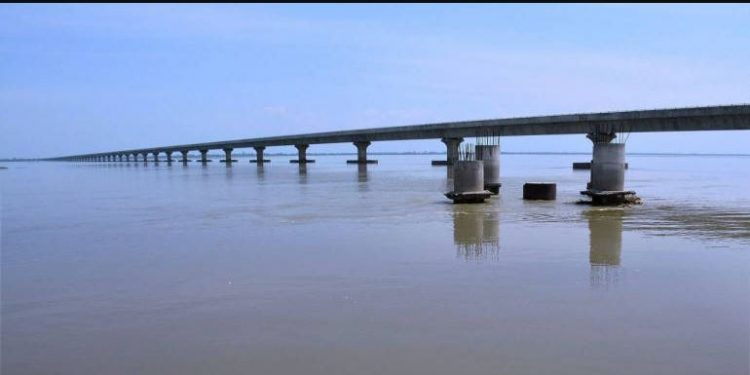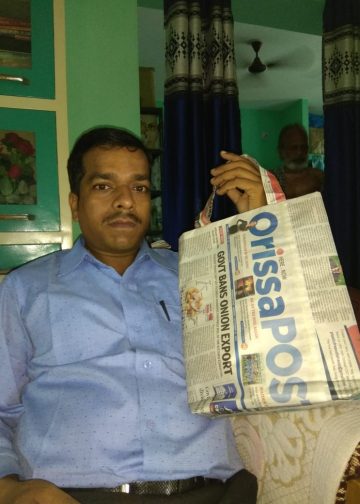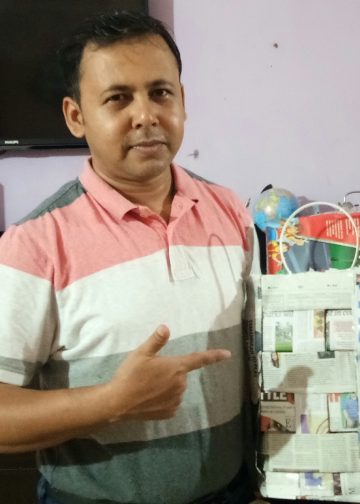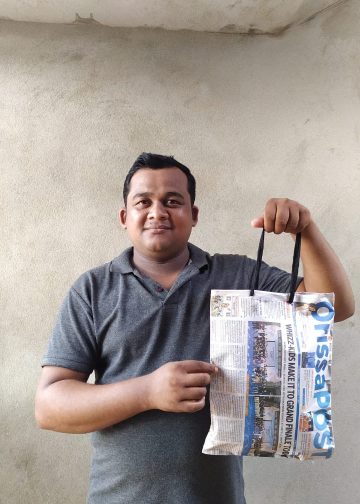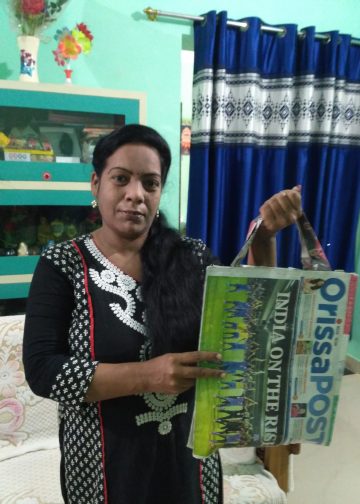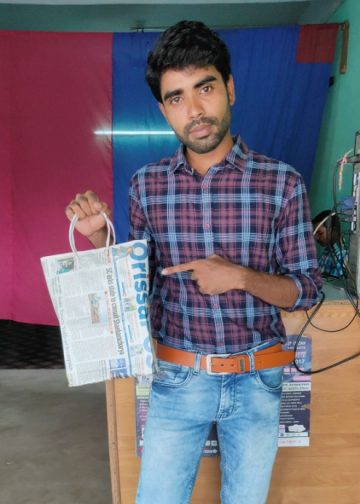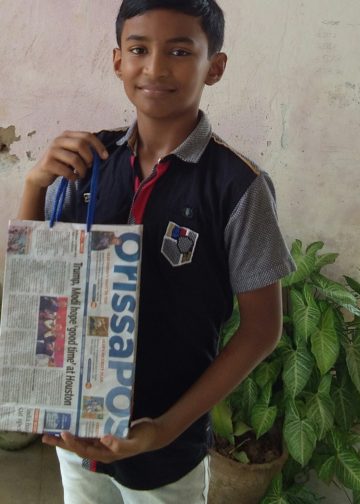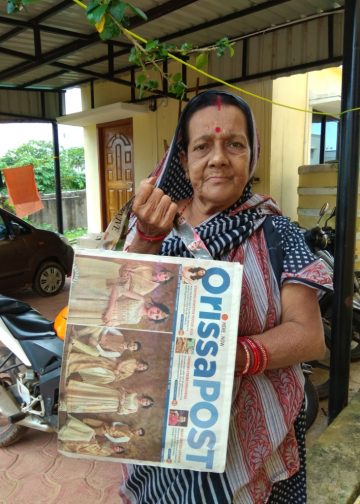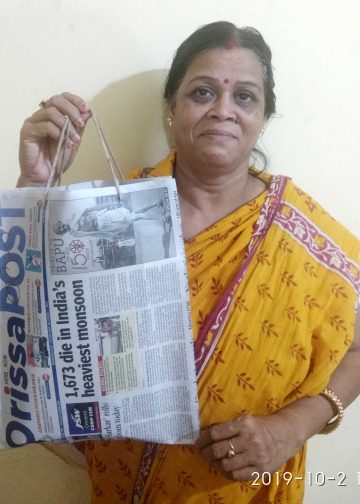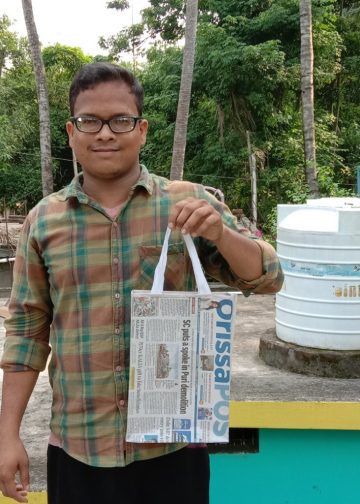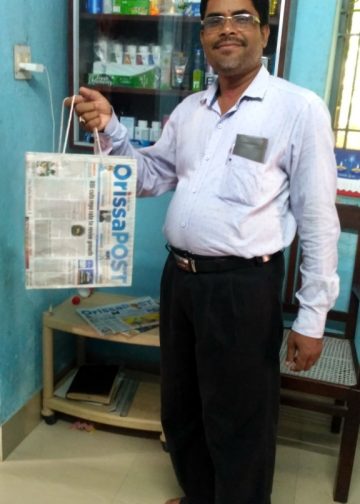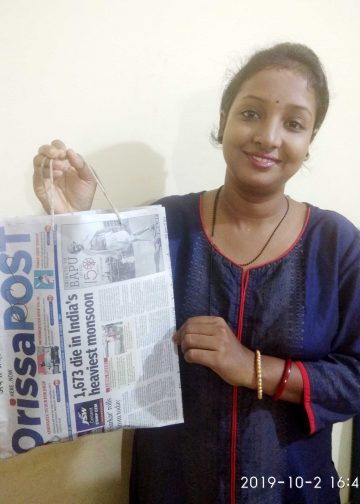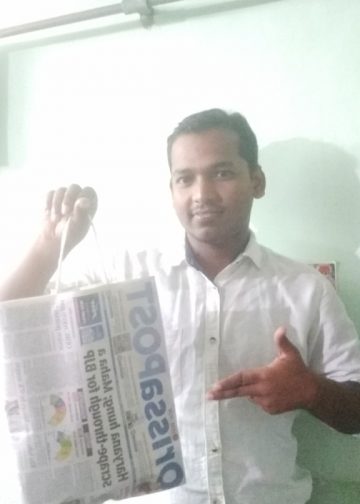Bhubaneswar: Odisha’s rivers, once the lifelines of civilisations are now on the brink of ecological collapse due to rampant pollution, encroachments, and unchecked human activities.
Addressing this grave concern, the eighth edition of the Odisha Manaska Circle, held at Saheed Nagar Tuesday, brought together environmentalists, researchers, and community leaders to discuss the urgent need to revive the state’s dying rivers and their deep-rooted cultural significance.
The session, themed “Dying Rivers, Dying Traditions: Can We Save Odisha’s Socio-Cultural Identity without Saving Its Rivers?”, focused on the alarming deterioration of rivers like Mahanadi, Baitarani, Prachi, and Gangua, as well as vital water bodies such as Chilika and Anshupa lakes.
Special emphasis was given to Gangua, a river historically known as Gandhavati, which once played a crucial role in sustaining life and culture in Odisha.
Today, however, Gangua has turned into a filthy drain, carrying sewage and industrial waste instead of fresh water.
Also Read: Two minors arrested for gangrape of 12-yr old
Convener of Mahanadi Bachao Andolan (MBA) and environmental activist Sudarsan Das spoke at length about the alarming depletion of Odisha’s rivers. Fresh from his campaign to save the Rushikulya river, Das highlighted how industrial pollution, urban encroachments, and climate change have significantly impacted these water bodies. He stressed that without immediate intervention, Odisha risks losing not just its natural resources but also its rich socio-cultural heritage, which is deeply intertwined with its rivers. The discussion also turned personal, with participants reminiscing about their childhood memories spent by the rivers.
Many lamented how once-thriving water bodies have now turned into polluted stretches, unfit for both humans and wildlife. The impact of climate change and human-induced activities, including deforestation and excessive sand mining, was also widely discussed.
A consensus emerged—saving Odisha’s rivers is not just an environmental concern but a cultural necessity. As a way forward, the gathering proposed the formation of a dedicated pressure group to advocate for river restoration, starting with Gangua.
Additionally, they urged the government to launch a ‘River Mission’ — modelled after existing water conservation programs—to systematically revive and protect the state’s rivers.
A proposal was also made to publish an Odisha River Catalogue, documenting the current status and threats to each river, ensuring greater accountability. The movement is already gaining momentum, with environmental organisations such as ‘Mahanadi Bachao Andolan’ and the Odisha Environmental Society taking their concerns to Chief Minister Mohan Charan Majhi.
Their advocacy focused on pollution levels in Gangua, Daya, Mahanadi, and Chilika, is expected to play a crucial role in shaping future policies aimed at safeguarding Odisha’s water bodies and, by extension, its cultural identity.
PNN


